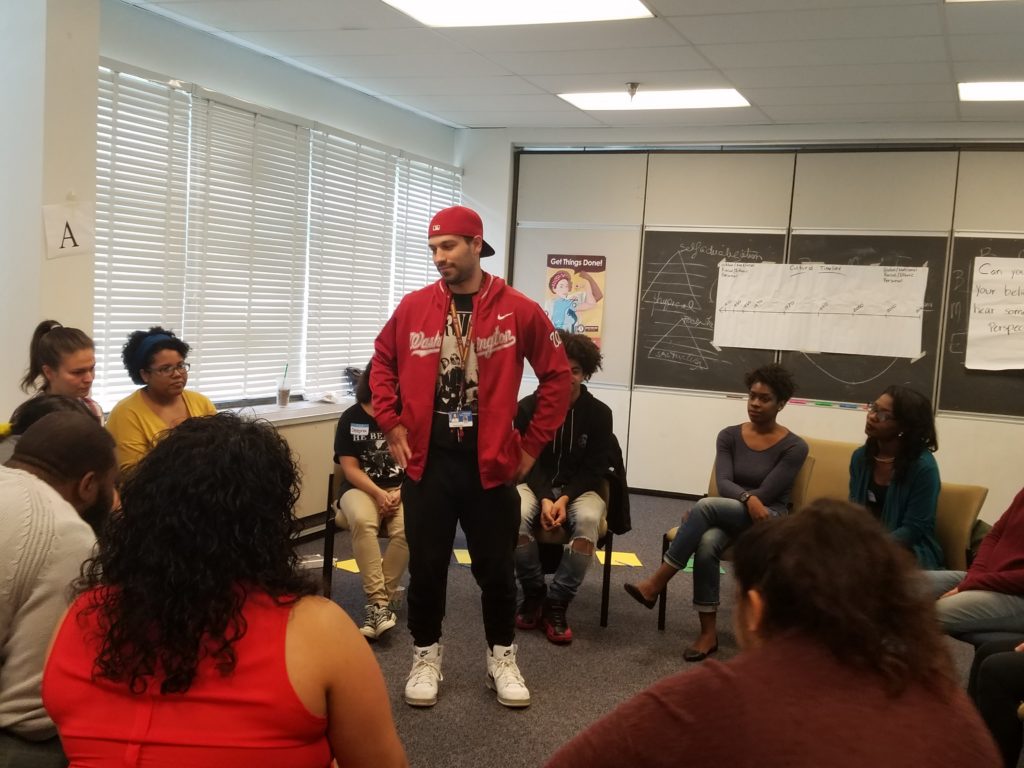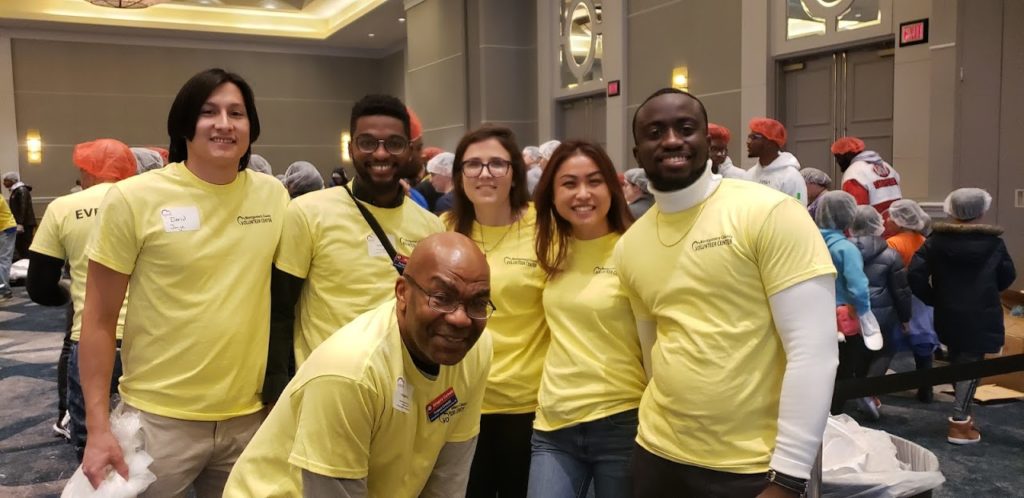By Donna St. GeorgeJuly 11, 2020 at 2:49 p.m. EDT
Maryland’s largest school system would open the school year Aug. 31 with remote learning and gradually bring students back on campus for up to two days a week in the fall, under a 21-page proposal released Saturday.
The goal for suburban Montgomery County would be to get students inside schools by late November. But that would be guided by public health conditions, and if parents don’t want in-person learning they could opt for full-time distance education.
Debate on the hybrid approach amid the novel coronavirus pandemic sparked strong reactions. Some argued it was not yet safe to return to schools as cases continue to rise, while others said they hoped to see children back in their classrooms sooner.
“We’re faced with a tension between parents who want us to flip the switch and go back to pre-March 13 — to five days a week in a brick-and-mortar school — and teachers with very valid concerns about health and safety,” said Patricia O’Neill, a school board member, who said hundreds of emails had come in on the topic.
The approach, slated for discussion Tuesday by the school board, was not completely unexpected. Montgomery officials had said in June that they were exploring a hybrid setup, and others school systems locally and nationally have moved in that direction.
Montgomery schools push toward part-time, in-person learning for fall
President Trump recently stepped up his call to fully reopen the nation’s schools, threatening to cut federal funding to those that don’t. But health officials and educators have cited the importance of local infection trends and a more cautious approach. More than 131,000 people nationwide have died of covid-19, the disease caused by the coronavirus.
In Montgomery, Superintendent Jack R. Smith called his proposal a “draft guide” that would be amended as parents, students and staff members continue to weigh in. State officials, who have the ultimate say in reopening schools, will review Montgomery’s plan, which must posted to the school system’s website by Aug. 14.
Under the plan, elementary students would be divided into A and B groups, attending classes in person on a Monday-Tuesday or a Thursday-Friday schedule, with remote learning on other days. Schools would be cleaned Wednesdays, as students continue with distance instruction and teachers focus on professional development.
Middle school students would similarly be separated into A and B groups, with two days a week on campus, while high school students would split into three groups, with less time on campus — four days every three weeks.
First to return to campus buildings would be students in transition grades — prekindergarten, kindergarten, sixth grade and ninth grade — and those in specific special-education programs.
School days would be longer and more robust than last spring, when educators scrambled to make distance learning work and many people complained about a lack of live instruction.
In Montgomery County, schools and parents clash over how much teachers and students are connecting
Come fall, school days are expected to include more live, teacher-led instruction, for fuller school days. In elementary school, breaks will include lunch and recess, with school days that offer art, music, physical education and other special classes.
Some pointed quickly to issues that seemed unaddressed, including how teachers would juggle teaching remotely to one half of the class while teaching in-person to the other.
Others wanted to know more about protocols for testing and isolating students who get sick. And sanitizing Chromebook laptops. And keeping masks on kindergartners.
And ensuring air circulation and filtration are adequate inside buildings.
“This is really the beginning of the conversation,” said Cynthia Simonson, president of the Montgomery County Council of Parent-Teacher Associations. “We need so much more for it to really function and make sense, especially at the high school level. This is a framework.”
Teachers spoke out almost immediately, with some wondering how returning to face-to-face instruction could possibly be safe. Some noted that health officials in Missouri recently reported more than 80 coronavirus infections from a Christian summer camp.AD
“I’m really nervous about going into a school building while cases of covid-19 are still rising and there’s still so much we don’t know about it,” said Josh Halpren, a middle school history teacher who noted several of his colleagues are pregnant and others have health conditions or vulnerable family members.
“I think it’s just too risky,” he said. “This is something that’s killing a lot of people. To ask teachers to put themselves on the line like that is something that’s not okay with me.”
Halpern and other teachers suggested the school system go all-in with distance learning, so students get what they need without danger to them or others. “Distance learning can work, and it’s a whole lot safer for everybody,” he said.
Lloyd said that among teachers he has heard from, there is a real desire to get back to face-to-face instruction — “nothing substitutes for that,” he said — but health and safety are paramount.
On-campus instruction would mean smaller class sizes and fewer students in school buildings on any given day. Masks would be required and hand sanitizer stations installed, with social distancing in classrooms and in hallways.
But even with fewer students on campus, bus transportation would be especially challenging — with 12 students on a buses that previously held 50.
Families would need to opt in to bus transportation, and school officials said they were prioritizing buses for students in elementary and middle schools.
Lyric Winik, president of the Bethesda-Chevy Chase High School Parent-Teacher-Student Association, pointed out that one size does not fit all in a school system so large — with 166,000 students and 208 schools.AD
“How much flexibility are the individual schools going to have to modify this so it works for them?” she asked.
Others said the proposal seemed like an effort to make the best of trying times.
Vincent Russo, a father of three in Rockville, said it looked like the school system was trying to balance things and noted the situation required patience from parents. “I would love them to spend more time in school,” he said. “But this is the reality.”
Roberta Burkes, a mom of three in Potomac, said she had heard some parents say they won’t send their children into school buildings but she believes it’s fine with proper precautions and cleaning. Burkes did a two-month stint as a nurse in New York, working on the front lines.
“We’re going to adapt to whatever needs to happen for the school year,” she said. “We’ll go with it either way and make it work.”AD







![Lost in the Middle Of Nowhere - Kane Brown, Becky G [Lyrics / sub español] (Spanish Remix) - YouTube](https://i.ytimg.com/vi/Nn-LLXKCAtg/maxresdefault.jpg)











